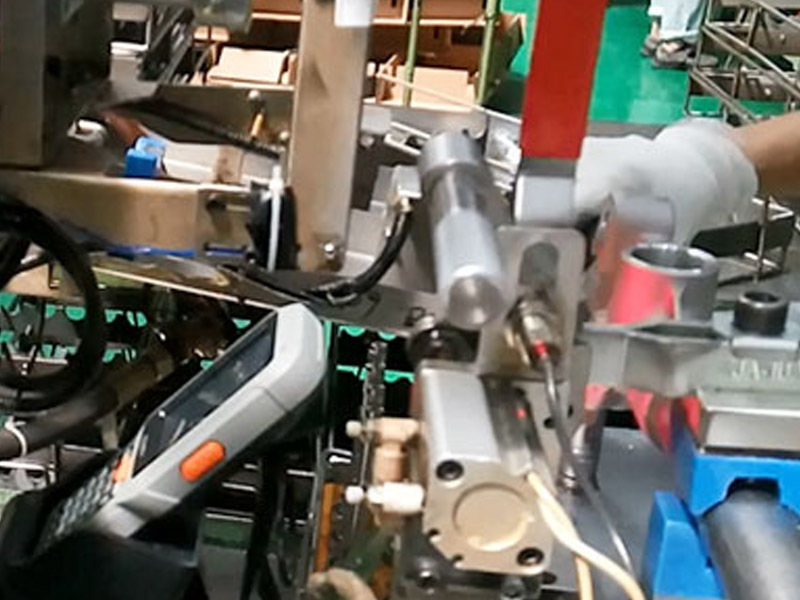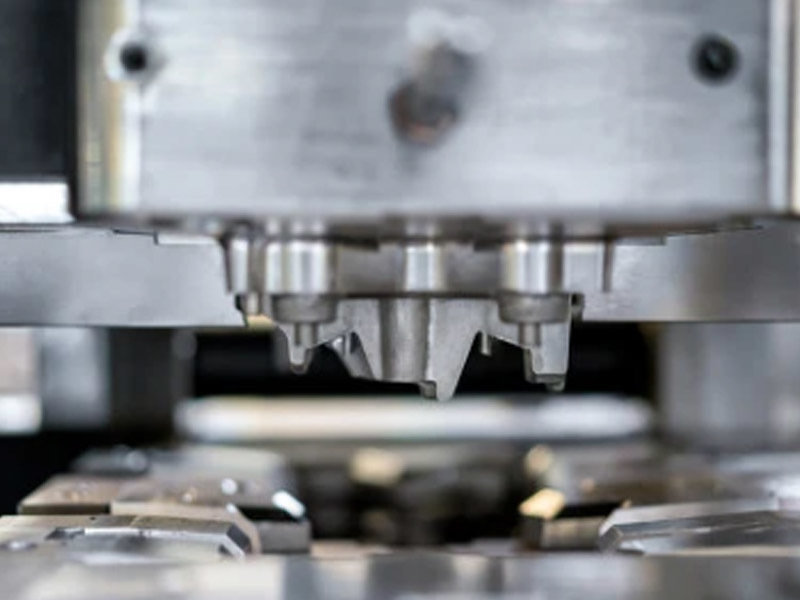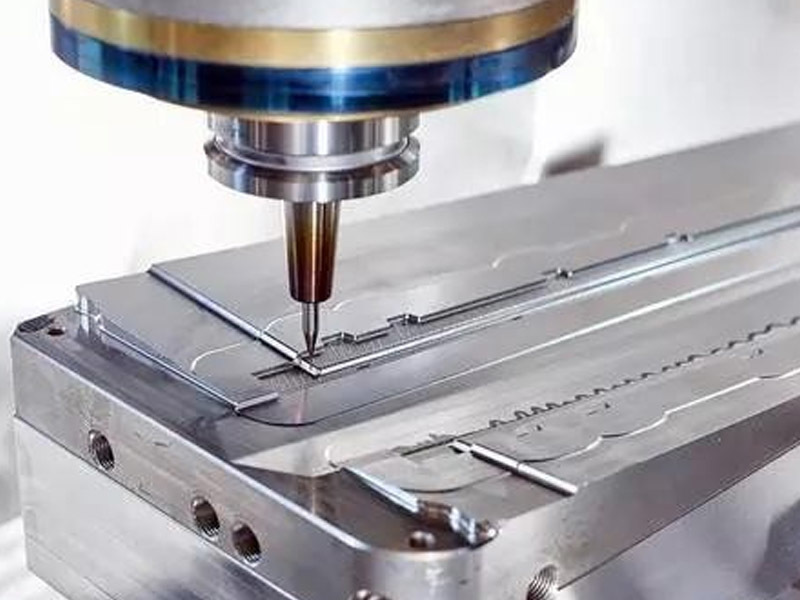The roles of various elements in stainless steel
Summary: Increasing the carbon content in steel increases the yield point and tensile strength, but decreases ductility and impact performance. When the carbon content exceeds 0.23%, the weldability of the steel deteriorates. Therefore, the carbon content of low-alloy structural steel used for welding generally does not exceed 0.20%. High carbon content also reduces the atmospheric corrosion resistance of steel. High-carbon steel in open-air stockyards is prone to rust; in addition, carbon increases the cold brittleness and aging sensitivity of steel.
Carbon Carbon
Increasing the carbon content in steel increases the yield point and tensile strength, but reduces ductility and impact performance. When the carbon content exceeds 0.23%, the weldability of the steel deteriorates. Therefore, the carbon content of low-alloy structural steel used for welding generally does not exceed 0.20%. High carbon content also reduces the atmospheric corrosion resistance of steel, and high-carbon steel in open-air stockyards is prone to rust; in addition, carbon increases the cold brittleness and aging sensitivity of steel.
Chromium Chromium
Chromium increases the hardenability of steel and has a secondary hardening effect, which can increase the hardness and wear resistance of carbon steel without making it brittle. When the content exceeds 12%, the steel has good high-temperature oxidation resistance and oxidation corrosion resistance, and also increases the hot strength of the steel. Chromium is the main alloying element of stainless steel, acid-resistant steel, and heat-resistant steel.
Chromium improves the strength and hardness of carbon steel in the rolling state and reduces the elongation and reduction of area. When the chromium content exceeds 15%, the strength and hardness will decrease, and the elongation and reduction of area will increase accordingly. Parts made of chromium-containing steel are easy to obtain higher surface processing quality after grinding.
The main role of chromium in the tempered structure is to improve hardenability, so that the steel has better comprehensive mechanical properties after tempering. Chromium carbides can also be formed in carburized steel, thereby improving the surface electrical resistance. Abrasiveness. Chromium spring steel is not easy to decarburize during heat treatment. Chromium can improve the wear resistance, hardness, and red hardness of tool steel, and has good tempering stability. In electric heating alloys, chromium can improve the oxidation resistance, resistance, and strength of the alloy.
Nickel Nickel
Nickel strengthens ferrite and refines pearlite in steel. The overall effect is to increase strength, and the effect on plasticity is not significant.
In general, for low-carbon steel in the untempered rolling, normalized, or annealed state, a certain nickel content can improve the strength of the steel without significantly reducing its toughness. Statistically, for every 1% increase in nickel, the strength can be increased by about 29.4Pa.
With the increase of nickel content, the yield strength increases faster than the tensile strength, so the ratio of nickel-containing steel can be higher than that of ordinary carbon steel. Although nickel improves the strength of steel, compared with other alloying elements, it causes less damage to the toughness, plasticity, and performance of other processes.
For medium carbon steel, nickel lowers the pearlite transformation temperature, making the pearlite finer; and because nickel lowers the carbon content of the eutectoid point, it has more pearlite than carbon steel with the same carbon content. The strength of nickel-pearlite-ferrite steel is higher than that of carbon steel with the same carbon content. Conversely, if the strength of the steel is the same, the carbon content of nickel steel can be appropriately reduced, which can improve the toughness and plasticity of the steel. Nickel can improve the fatigue resistance of steel and reduce the sensitivity of steel to notches. Nickel reduces the low-temperature brittle transition temperature of steel, which is of great significance to low-temperature steel. Steel containing 3.5% nickel can be used at -100°C, and steel containing 9% nickel can be used at -196°C. Nickel does not increase the creep resistance of steel, so it is generally not used as a strengthening element for heat-resistant steel.
In iron-nickel alloys with high nickel content, the coefficient of linear expansion changes significantly with the increase or decrease of nickel content. Using this characteristic, precision alloys and bimetallic materials with extremely low or certain coefficients of linear expansion can be designed and produced. In addition, adding nickel to steel not only makes it acid-resistant but also alkali-resistant, and it has corrosion resistance to the atmosphere and salt. Nickel is one of the important elements of stainless acid-resistant steel.
Recommended News





